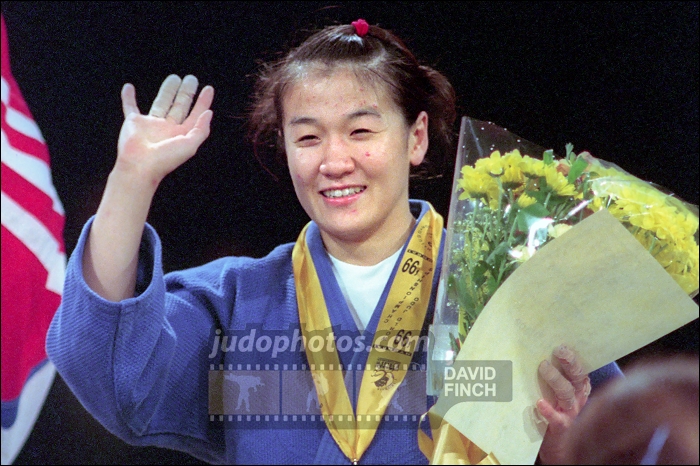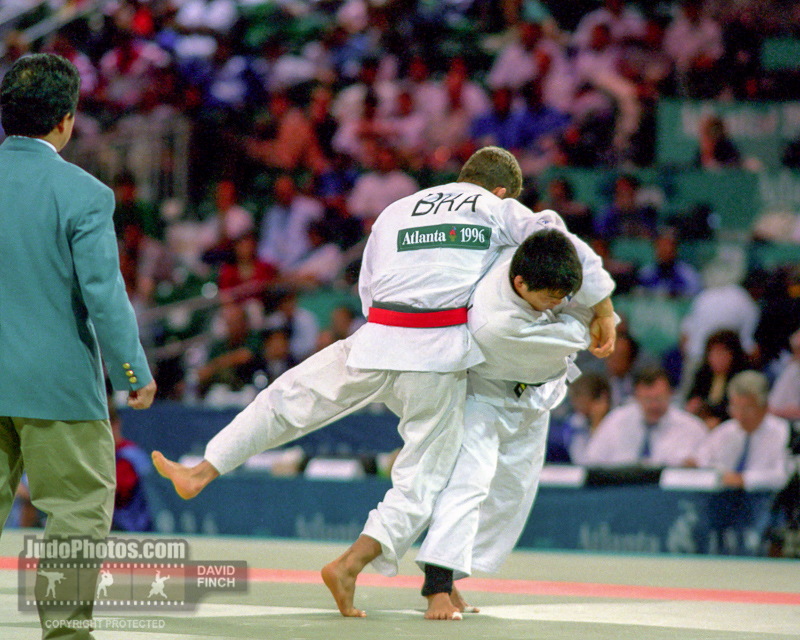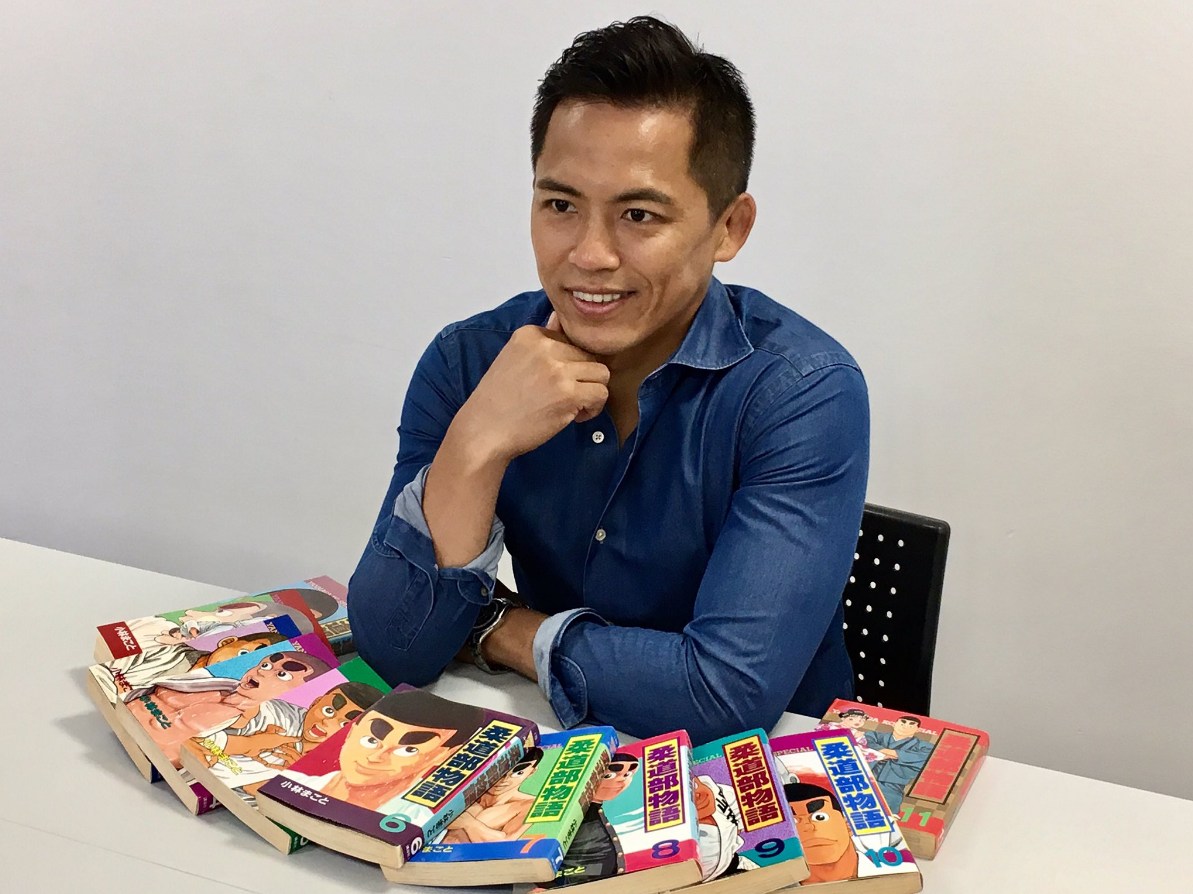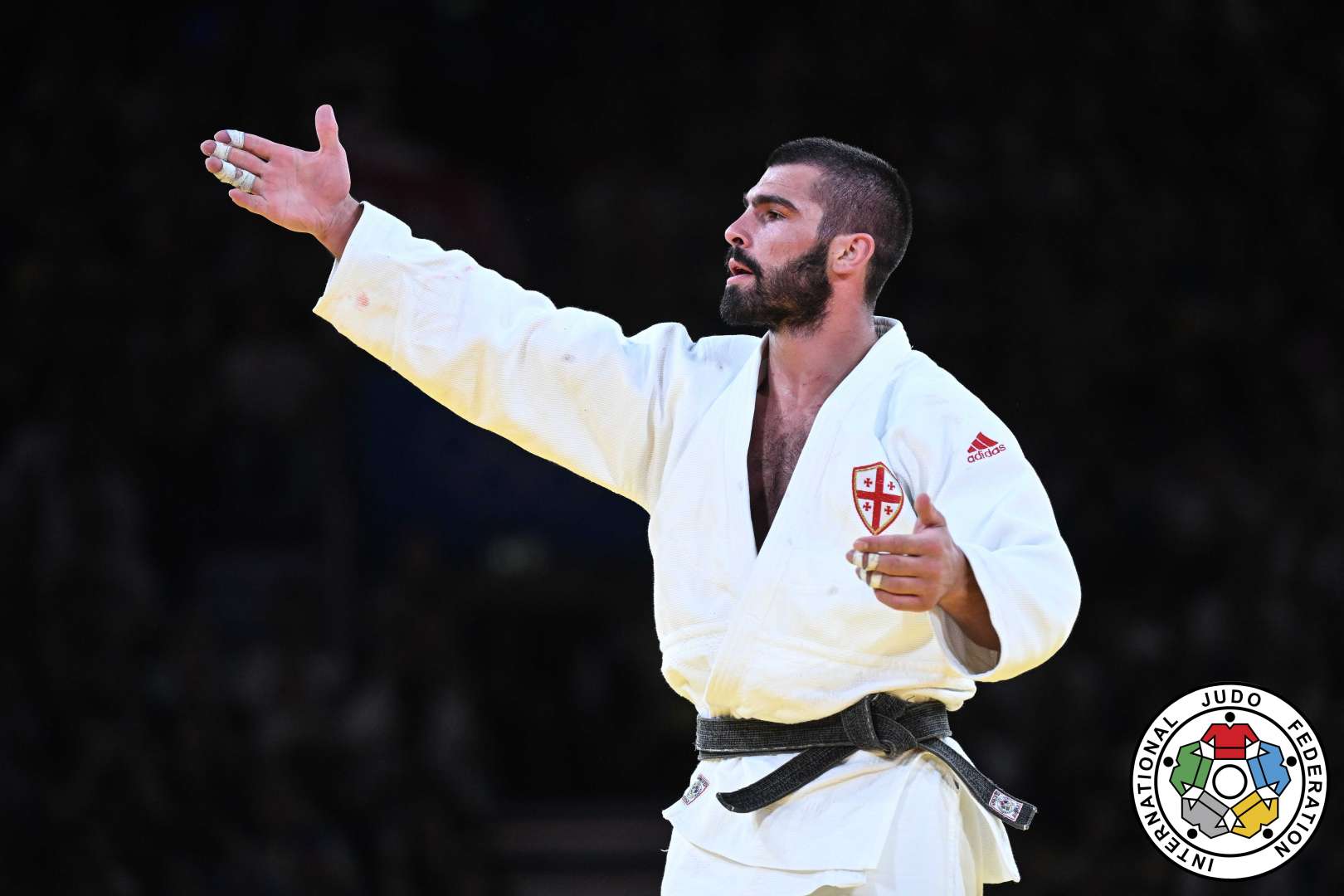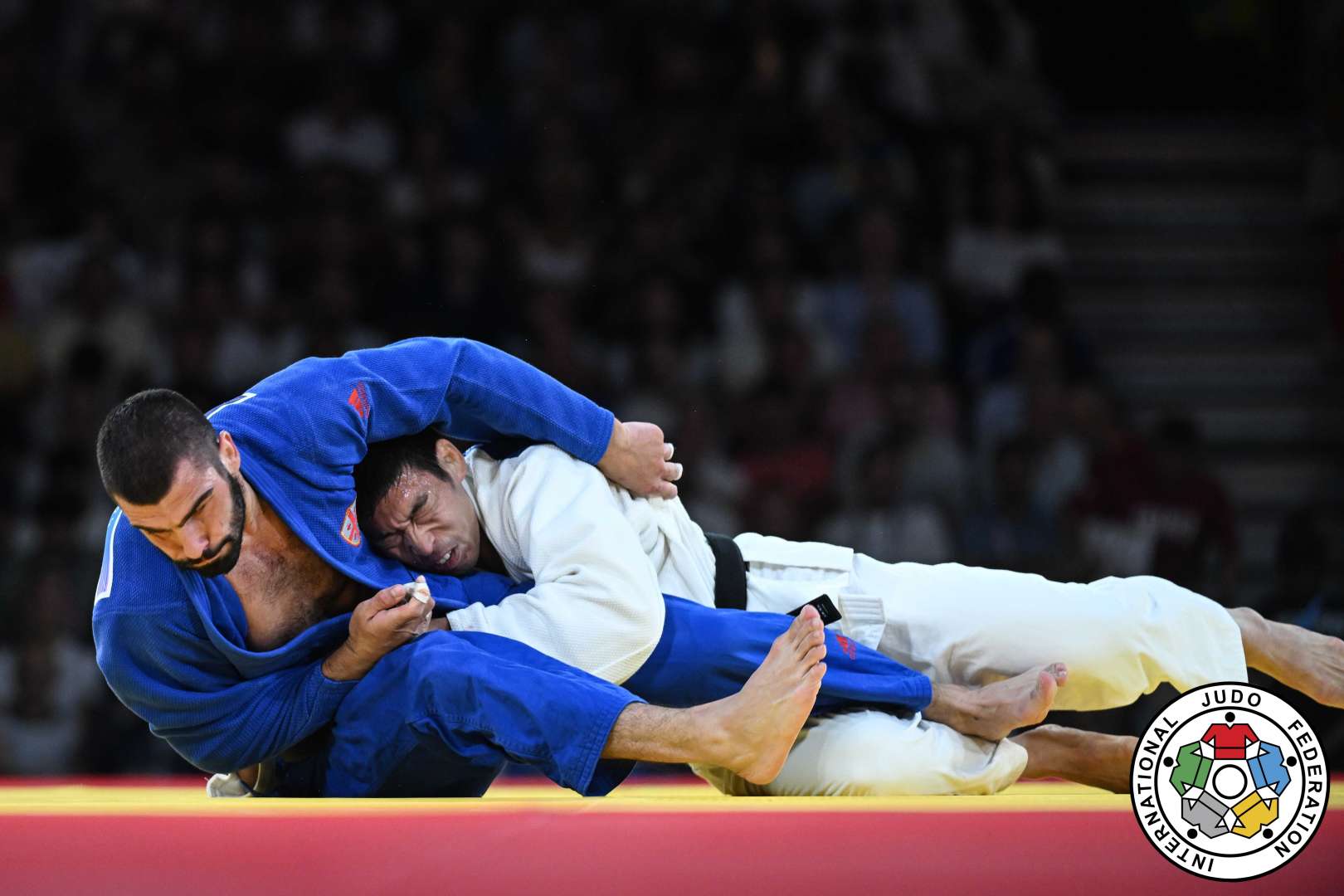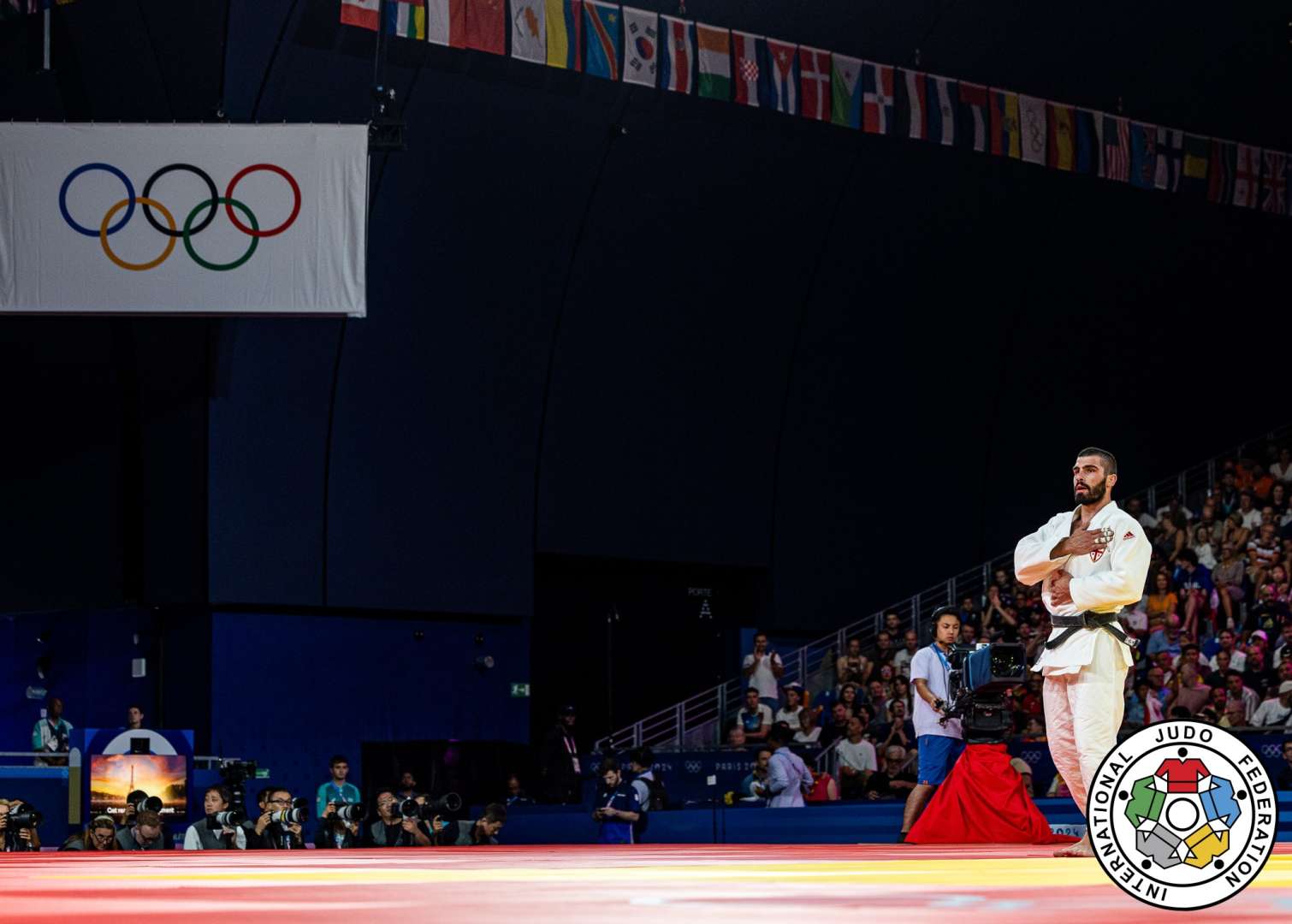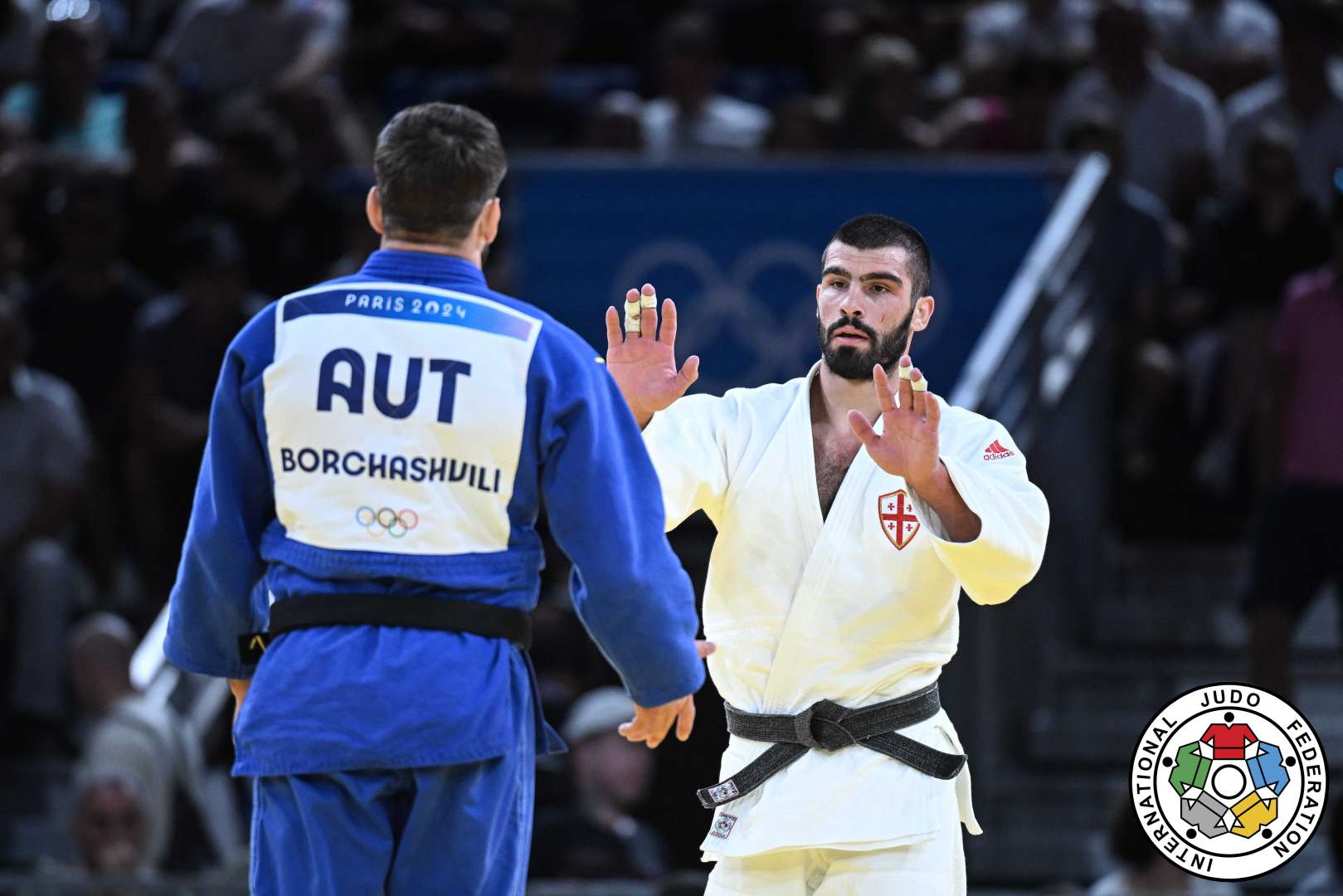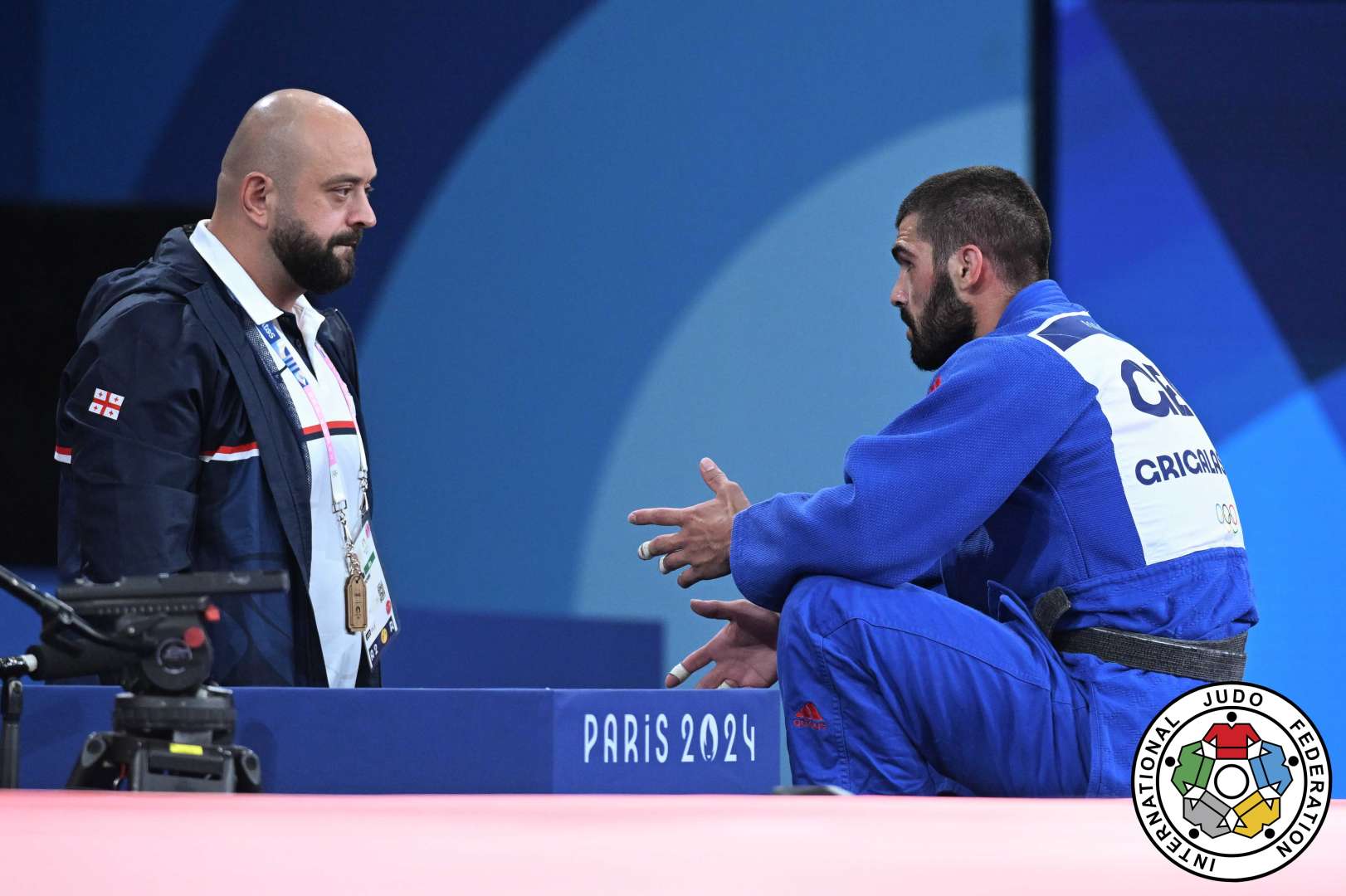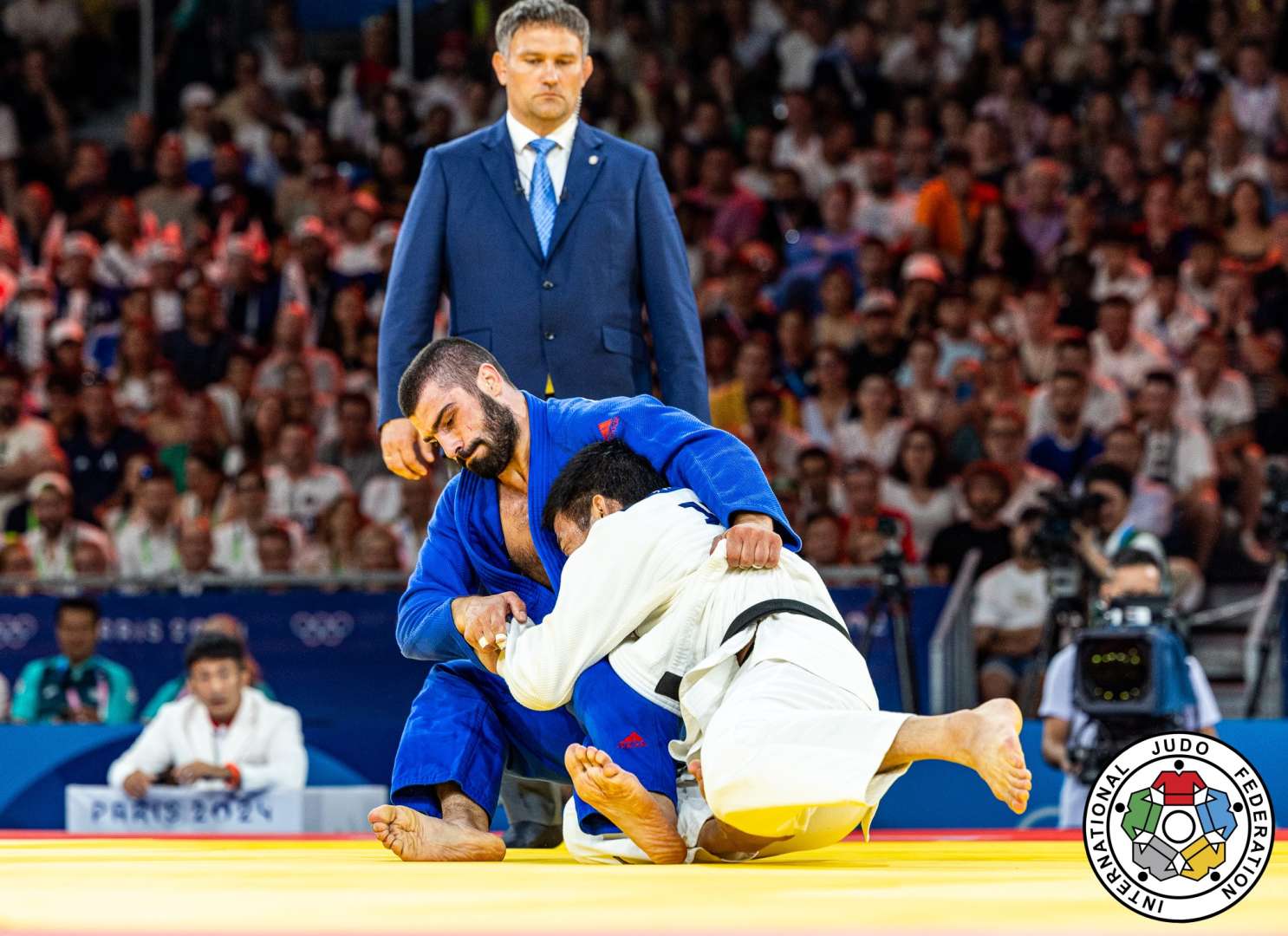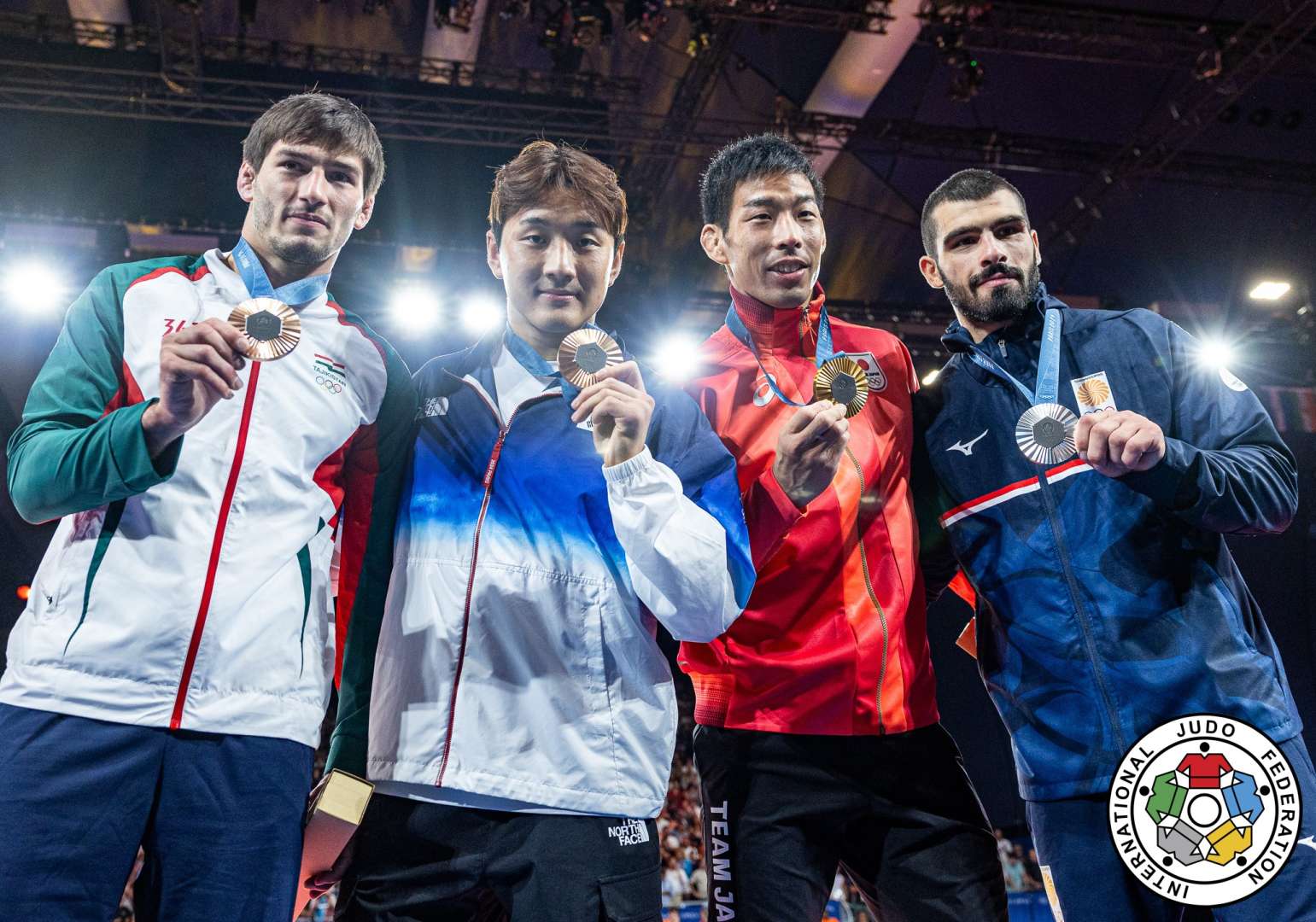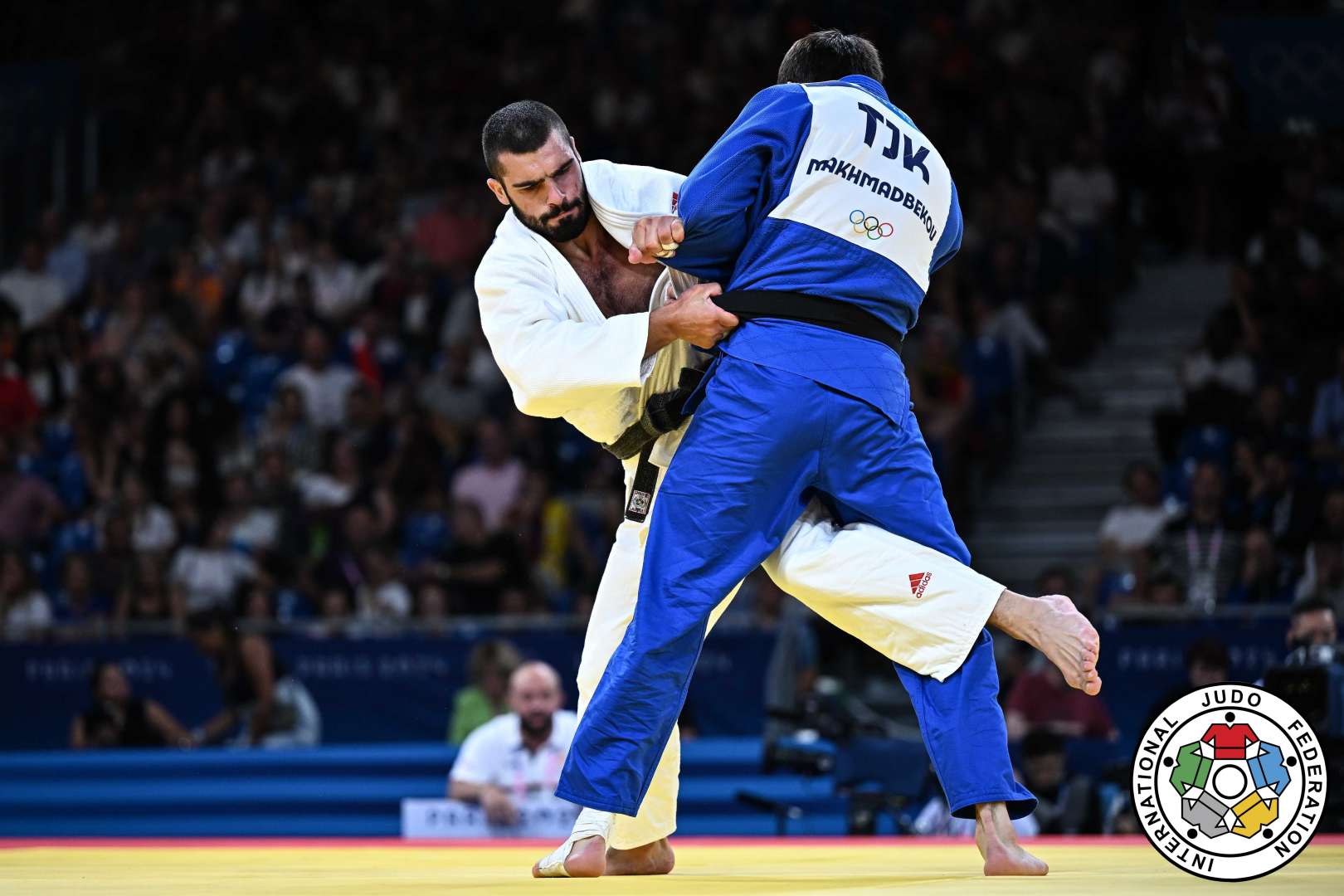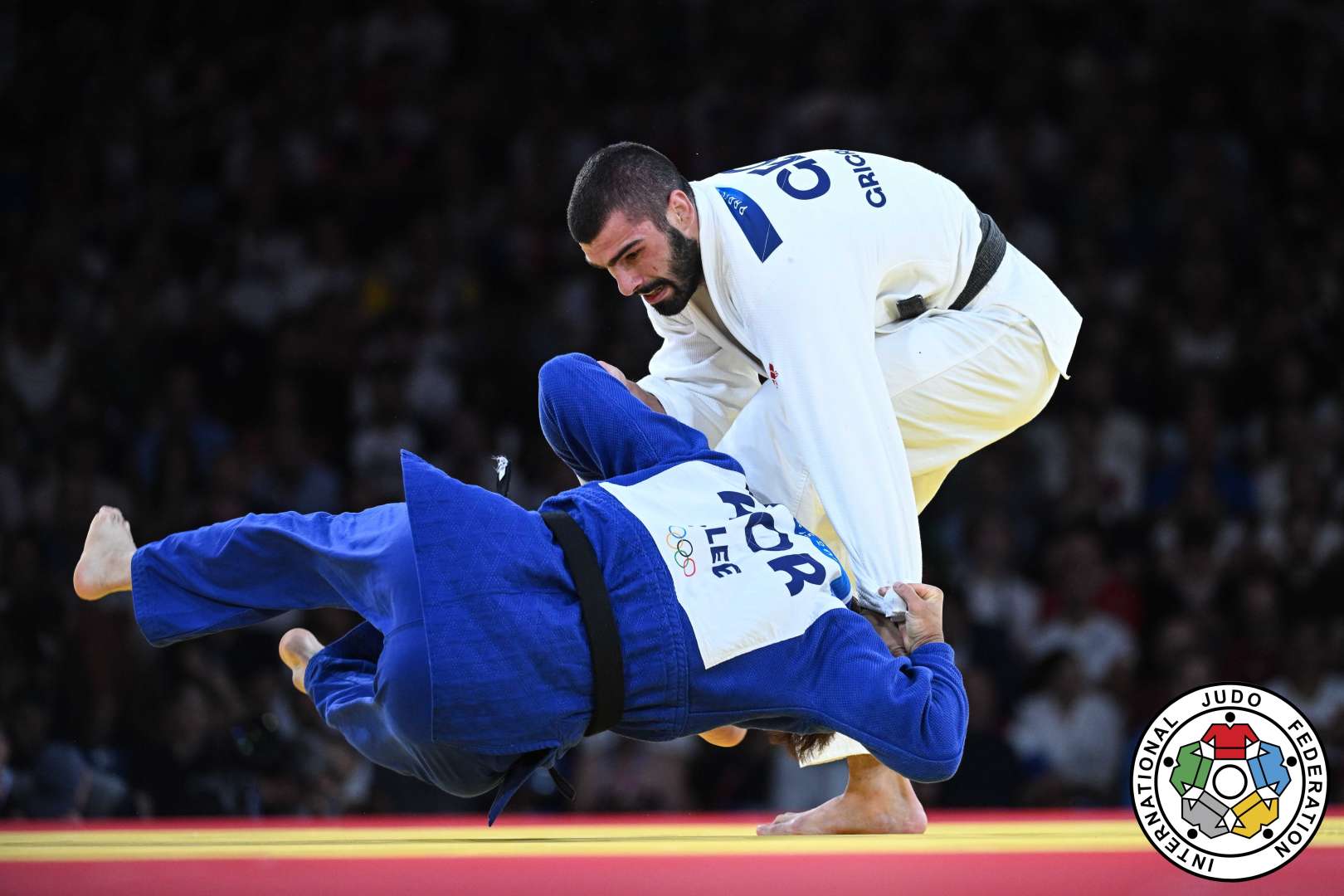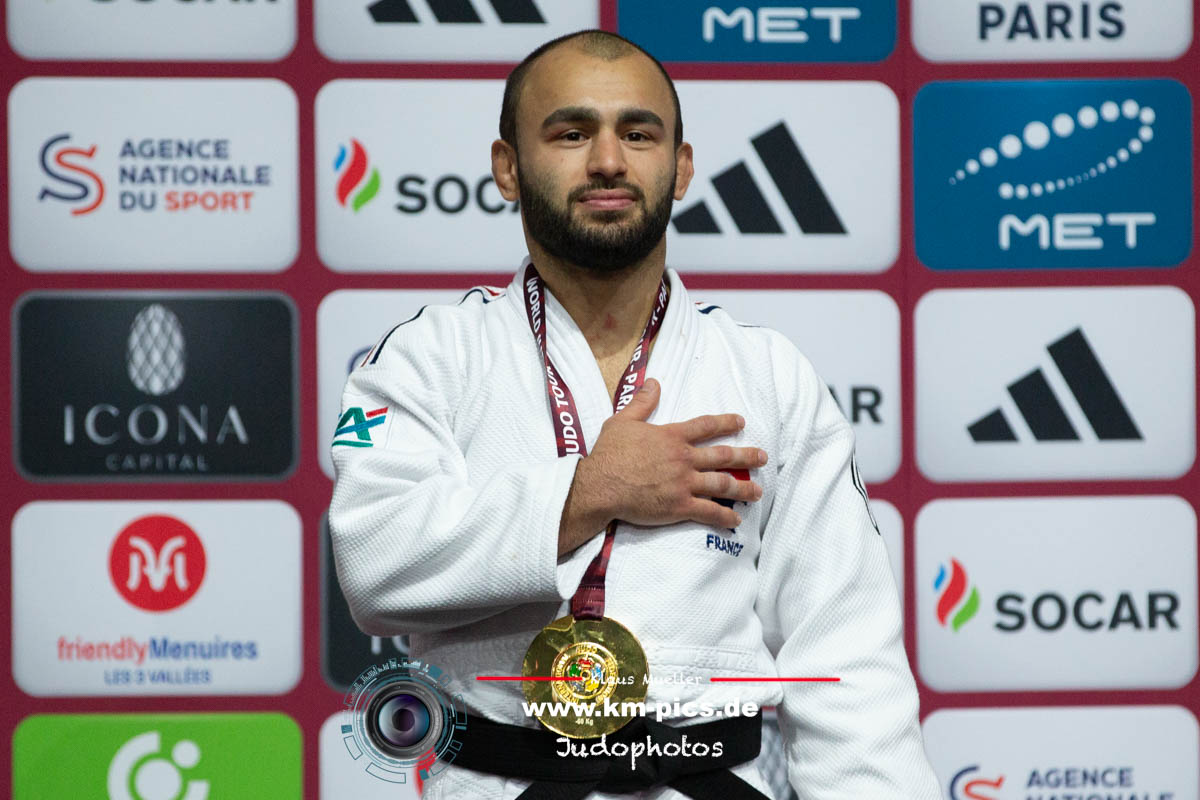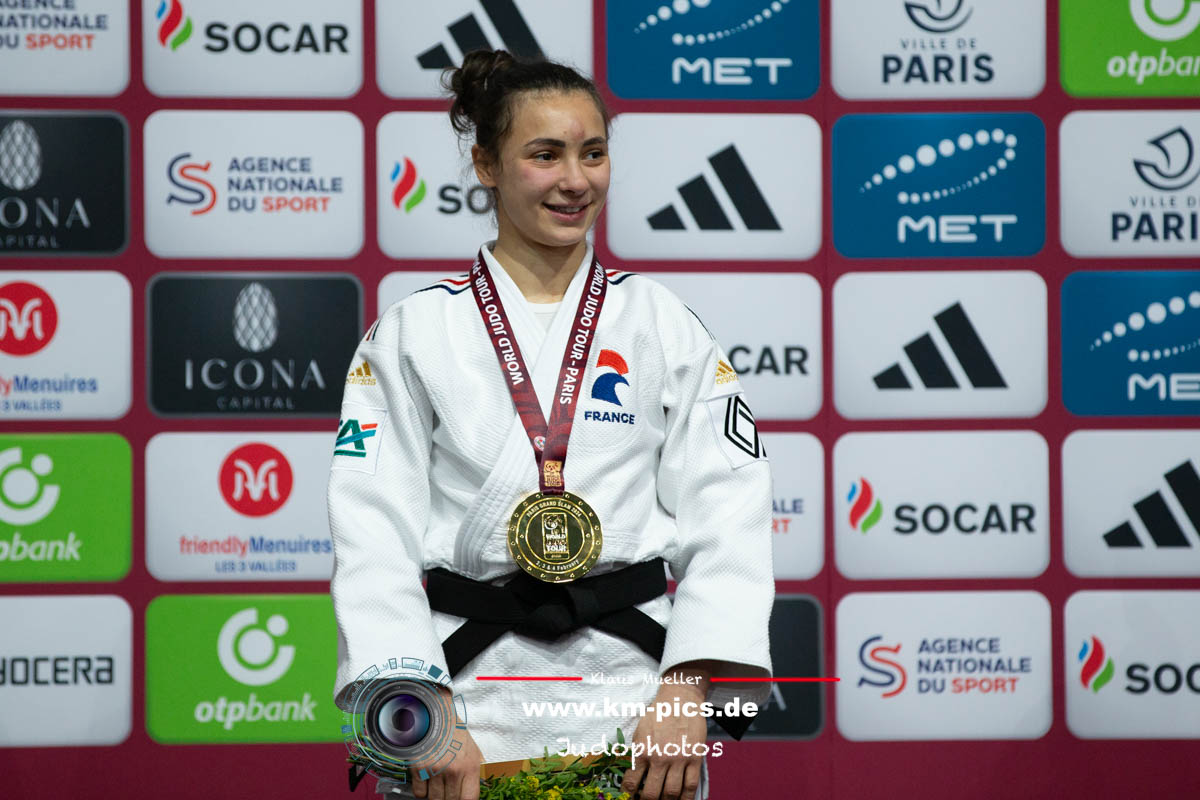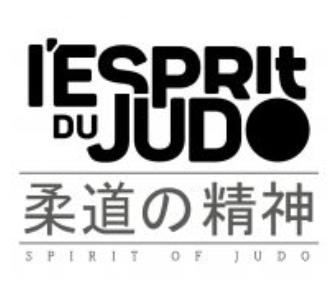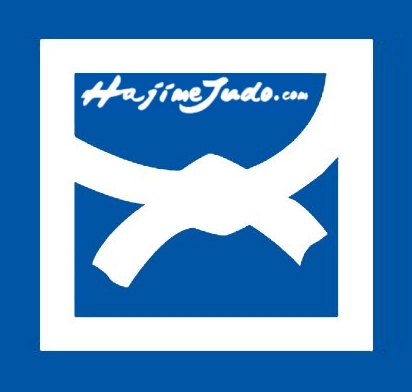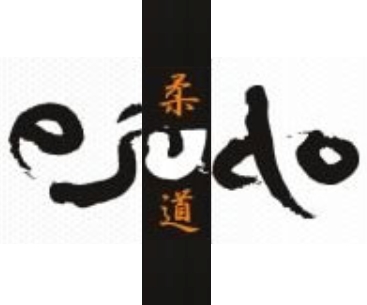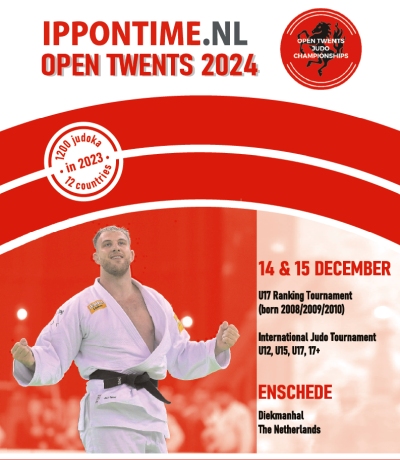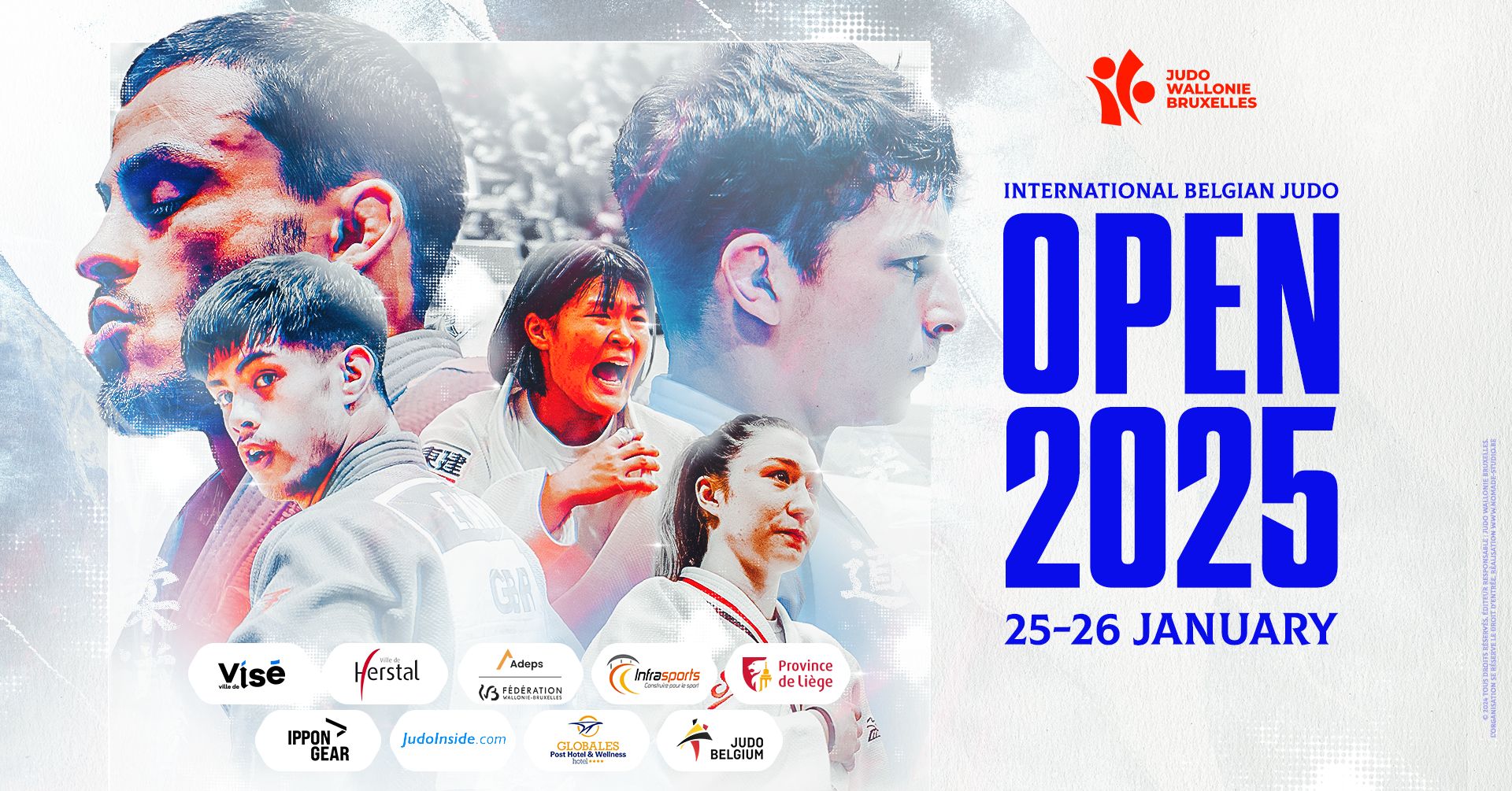Tadahiro Nomura’s second Olympic Gold in 2000 Sydney

 16 Sep 2000 23:35
16 Sep 2000 23:35
 by Oon Yeoh, JudoCrazy
by Oon Yeoh, JudoCrazy
 David Finch / Judophotos.com
David Finch / Judophotos.com
Buoyed by his unexpected win in Atlanta, Tadahiro Nomura went on to win the World Championships the following year, in 1997 in Paris. Then he promptly disappeared from the international scene until September 1998 when he competed in the World Team Championships in Minsk that year. After that, he was gone from the international scene again and only re-emerged in 2000 for that year's Tournoi de Paris (now called Paris Grand Slam), which he won.
Nomura was selected again for Japan's Olympic team for the 2000 Sydney Games and there, he looked like he had never been away although he had a bit of a scare in his first round match against his Chinese opponent Jia Yunbing.
The Chinese player opened the accounts with a charging kuchiki-daoshi that could have easily have been a waza-ari score if not an ippon under today's rules. The technique started inside but ended up outside the contest area. Back then, this was considered invalid so no score was given. Nomura replied with a standing ippon-seoi-nage to the left that would have made Koga proud. Massive ippon.
Before this, Nomura was known primarily for his right morote-seoi-nage and one-handed seoi-nage. The left-sided ippon-seoi-nage was something new. But this was not the only new trick Nomura had up his sleeve. In his second fight, against USA's Brandan Creczkowski, he surprised his opponent (and everyone in the stadium) with a side-takedown, a technique rarely seen among the Japanese. This too scored an ippon.
Nomura showed his versatility in his third match, against Marek Matuszek of Slovakia by throwing him with osoto-gari. This brought him up against the stylish Cuban Manolo Poulot, who was the reigning World Champion and a morote-seoi-nage man himself.
By right these two top-notch players should have been on opposite pools but Nomura had not competed in the 1999 World Championships and thus was not seeded so they ended up on the same side. Perhaps Nomura had been saving his famous morote-seoi-nage for the Cuban but it was in their match that he unleashed his favorite technique to the delight of the crowd. The agile Cuban managed to land on his side, conceding only a yuko but that was enough for Nomura to win the match. He was through to the final.
His gold medal match was against Jung Bu-Kyung of South Korea. Not a very famous name but he had beaten some top players like Nestor Khergiani of Georgia and Dorjpalam Narmandakh of Mongolia on the way to the final. But he was no match for Nomura who dispatched him for ippon in 14 seconds.
The movement looked like an uchimata sukashi except it was Nomura who did the uchimata andmissed. However, instead of flying through the air, Nomura quickly regained his balanced and using tewaza alone, managed to steer Jung onto the mat. Jung's back barely touched the mat but it could be argued he did a bridge because his head did touch the mat. Under today's rules that would definitely have been considered a bridge but back then, his feet touching the mat was generally required as well. Whatever the case, Nomura had secured his second Olympic gold medal and in brilliant fashion, snatching victory from what easily could have been a 14-second disaster had the Korean managed to complete his uchimata sukashi.
 like
like
 share
share
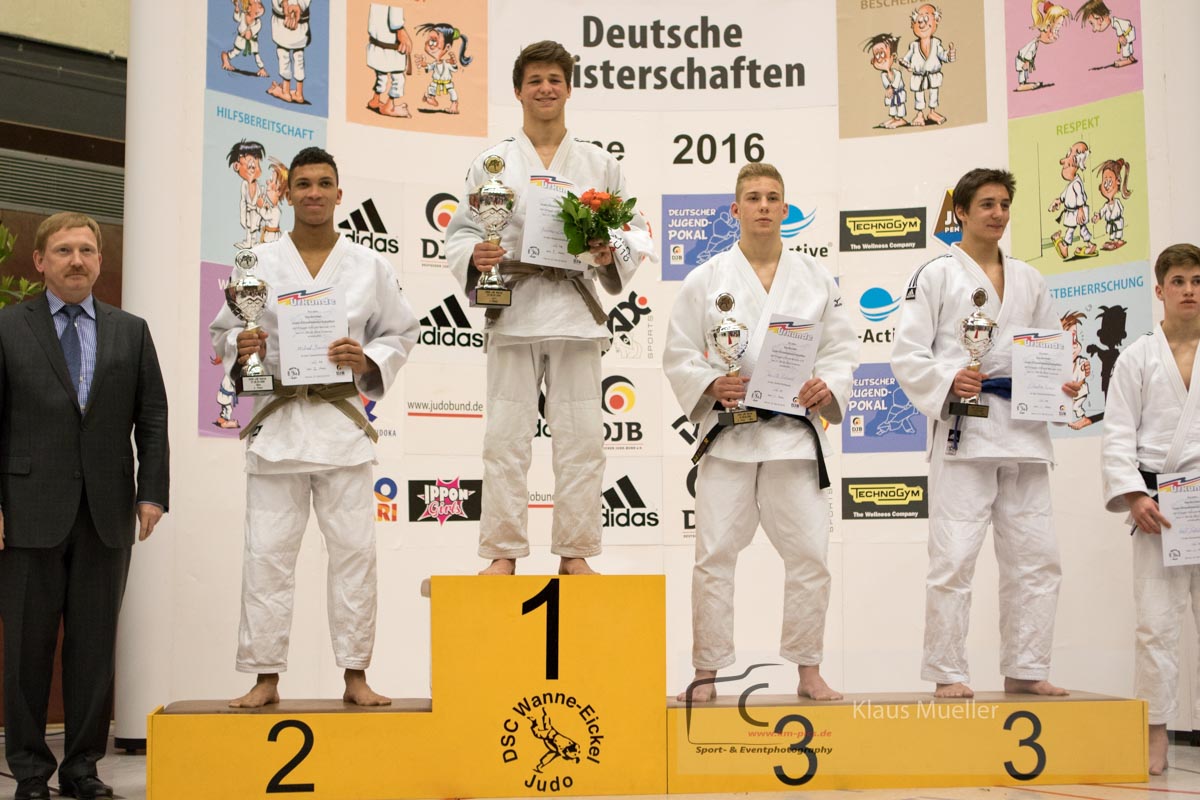
| Result | City | Date |
|---|---|---|
| 2 | Paris | 2024 |
| 1 | Abu Dhabi | 2024 |
| 1 | Zagreb | 2024 |
| 3 | Belgrade | 2023 |
| 2 | Montpellier | 2023 |






